A couple of weeks ago I attended an all-day book event. An annual affair put on by the Literary Women of Long Beach. If you’re lucky enough to snag a ticket ($80 per – they allow 800 people to attend and they sell out almost immediately) you’ll be book-blessed for sure. All the proceeds of this yearly event go to the Long Beach Public Library. This was the 2nd year I’ve been able to go, and again, I came home inspired by the (women) author’s speeches and in awe of their writing abilities AND their poise at the podium. I’d only heard of two of the authors prior to the gathering, but I came away wanting to know more about each and every one of them.
Here’s the list – I’m not suggesting these are great book reads for everyone, but I’m planning to read some of them. Here they are:
Denise Kiernan – she’s written a best-seller entitled The Girls of Atomic City: The Untold Story of the Women Who Helped Win World War II. A documentary (book) about The (1944) Manhattan Project (Oak Ridge, Tennessee), an ultra-secret project to enrich uranium which went into the atomic bomb. Kiernan weaves the story of 2 women (and others) who lived there, who didn’t know until 1945, when the atomic bomb was dropped over Hiroshima, what they’d helped accomplish. Even the people who lived and worked there (in a locked compound) didn’t know what the overall project was about. Her talk, including some very funny stories about the centenarians she interviewed, was riveting. (I will tell you that 2 at my table had read this book, and although they enjoyed the beginning with the stories of the 2 women, neither of them particularly liked the 2nd half.)
Then there was Karen Connelly. A Canadian, she has written a number of things (including recently a book of poetry) but she’s more noted for her edgy books about Burma. In her speech she talked about her love of travel – she has a very indulgent husband, as she travels to the nether regions of the world, sometimes dangerous places. But Burma (Myanmar) has stolen a part of her heart. She’s a woman with a message (oppression, poverty, race relations and gender politics) and uses her novels to raise our awareness. Burmese Lessons is her most recent one. She also wrote The Lizard Cage
. A couple of women at my table had read Burmese Lessons and were more than turned off by the over-the-top sex in it. She explained in her speech that her intense affair with a man who is a Burmese revolutionary was the genesis of the book, and that the explicit sex chronicled her relationship with him.
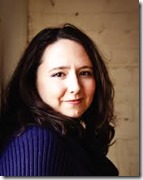 Everyone attending this literary event chose to go to a break-out session with one of three authors. Mine was Amanda Coplin, a young debut author. She grew up in Wenatchee, Washington, the land of orchards and harvests of fruit. Hence her book, The Orchardist: A Novel
Everyone attending this literary event chose to go to a break-out session with one of three authors. Mine was Amanda Coplin, a young debut author. She grew up in Wenatchee, Washington, the land of orchards and harvests of fruit. Hence her book, The Orchardist: A Novel. It has an unusual premise – it takes place at the turn of the 20th century. Picture a man who borders on ugly, who is lonely but plodding along on his ranch in central Washington State. Enter two young teenage girls, both pregnant prostitutes, who hide out in the orchard. From that plays out a very intriguing story. Amanda shared how these characters had been inhabiting her brain for a long time before she put pen to paper. The man, the orchardist, is much like her beloved deceased step-grandfather, who helped raise her. Several in our group had read this book and highly recommended it. I have it on my Kindle and will read it eventually. Amanda was a very likable speaker with wonderful stories to tell.
The next talk was with Madeline Miller. Her recent book is The Song of Achilles: A Novel. She’s a student (and teacher) of the Classics. For the last 10 years she’s tutored and taught Latin, Greek and
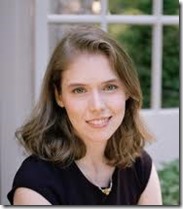 Shakespeare to high school students. In describing how she came to write this book she explained she was intrigued by some mention of Petroclus, Achilles’ best friend in The Iliad. So Miller worked for years writing, re-telling Homer’s tale of Achilles from the voice of this friend (lover), Petroclus. No question Miller is a scholar. No question Miller is passionate about her subject. She’s devoted years to studying languages and classic literature. This book has been translated in 23 languages. Although I was very interested in her speech, I don’t know that I’m up to the challenge of reading a book (sorry, a novel) about The Iliad.
Shakespeare to high school students. In describing how she came to write this book she explained she was intrigued by some mention of Petroclus, Achilles’ best friend in The Iliad. So Miller worked for years writing, re-telling Homer’s tale of Achilles from the voice of this friend (lover), Petroclus. No question Miller is a scholar. No question Miller is passionate about her subject. She’s devoted years to studying languages and classic literature. This book has been translated in 23 languages. Although I was very interested in her speech, I don’t know that I’m up to the challenge of reading a book (sorry, a novel) about The Iliad.
Lastly, we heard from Susan Orlean. This woman was very impressive. Very knowledgeable about 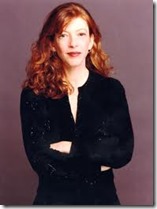 numerous subjects. She’s a staff writer at The New Yorker. She’s written essays most of her adult life, mostly on non-fiction subjects. She wrote the bestseller (that became a movie, Adaptation) The Orchid Thief: A True Story of Beauty and Obsession.
numerous subjects. She’s a staff writer at The New Yorker. She’s written essays most of her adult life, mostly on non-fiction subjects. She wrote the bestseller (that became a movie, Adaptation) The Orchid Thief: A True Story of Beauty and Obsession. She talked about being inspired to live life outside our box, our boundaries, to learn. Education is a key element in her life since she has written about such esoteric subjects as taxidermy, women surfers, the subject of “permanence,” and female bullfighters. Her journey – the point when she discovers some subject she wants to investigate – that’s her student phase. Then she reads and researches – that’s her discovery stage. Then she assumes the role of teacher – by writing about that subject. She’s not an expert at it, but finds more than enough fodder to write an in-depth essay (or maybe a book). If she writes for The New Yorker, you know she’s one very sharp woman. She’s also written the definitive book about Rin Tin Tin – Rin Tin Tin: The Life and the Legend
. She’s written numerous other books – go to her web page if you’re interested. Here’s a link to a search I did at The New Yorker, if you’re interested in looking at any of her essays there. She’s just about finished writing a brand new book called The Library Book. She said it was available for pre-order, but I can’t find any online mention of it. This new book is an in-depth history of the Los Angeles Public Library. And no, she doesn’t live in L.A.






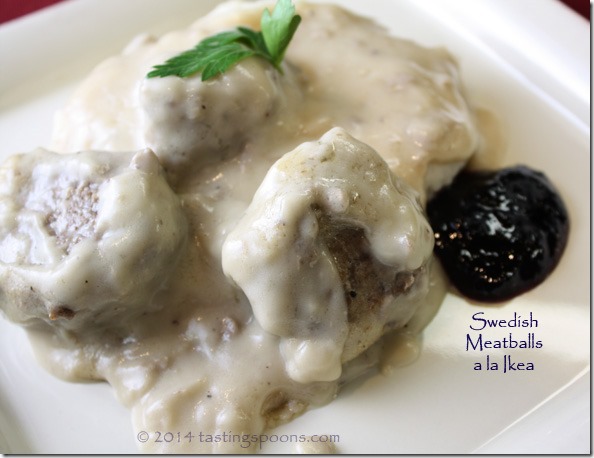

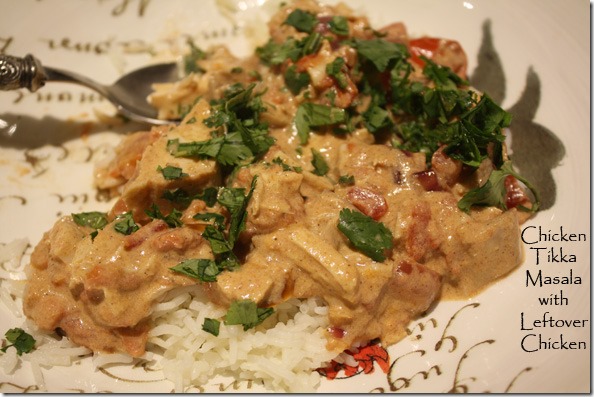
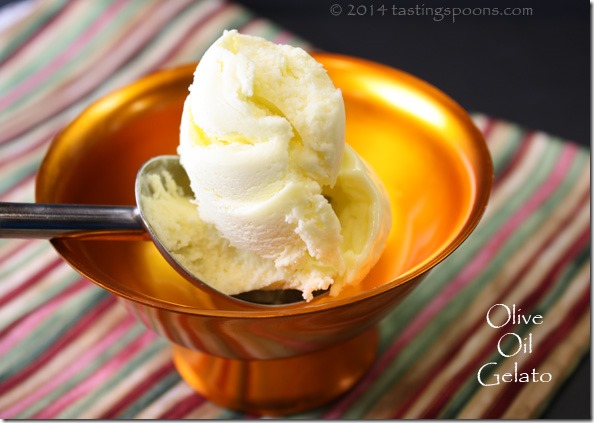
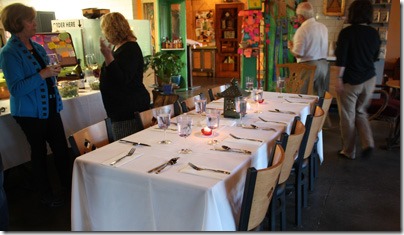
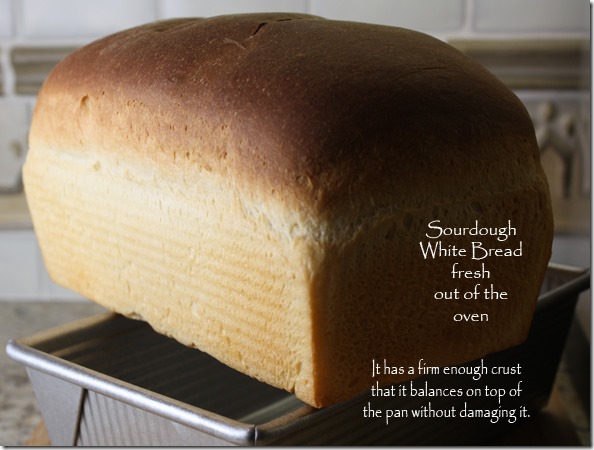

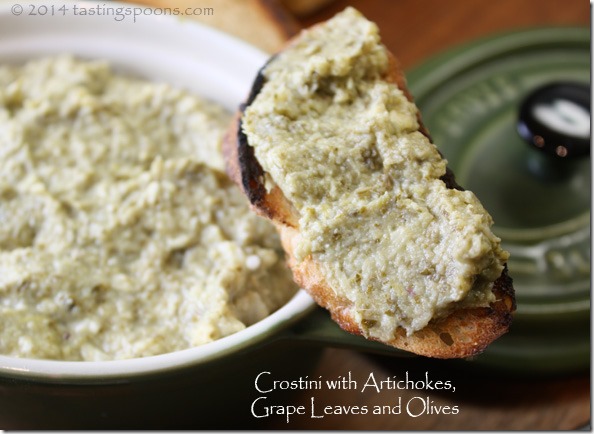
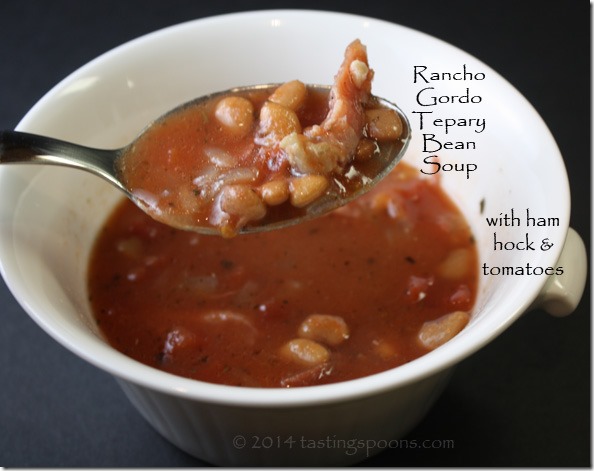
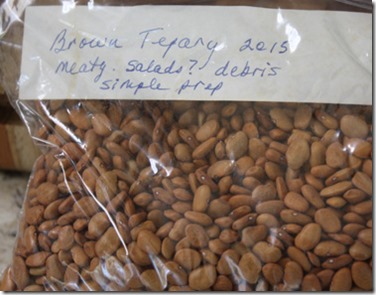
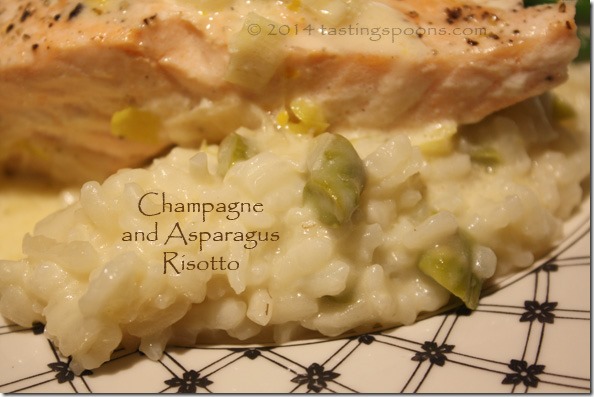
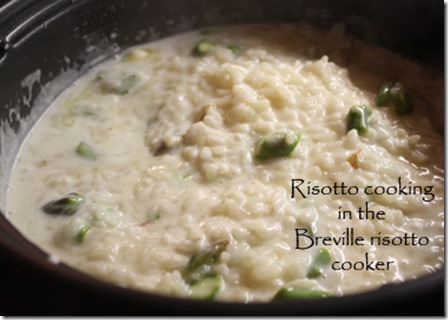
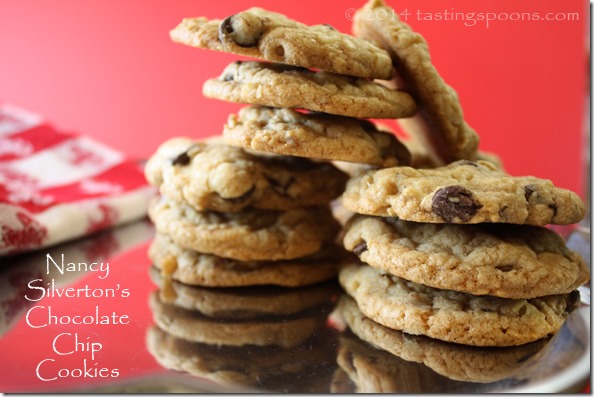
Leave a Comment!